As we begin the second year of the COVID-19 pandemic, I cannot help but reflect on the absolute lunacy that has been the past 12 months. In all of the events that have completely transformed 2020 in comparison to the years prior, the prevalence of and newfound reliance on social media was profound. Most notably, the video-app sensation of TikTok. This platform combines all of the previous elements of past apps like the comedic randomness of Vine, the thirst traps of Instagram, and the interactive ability of Facebook, Tumblr and Twitter.
With this incredible movement, there were also incredible consequences for users’ mental health, body image and eating disorders. What began as an opportunity to share, like and create content as a form of entertainment in a state of mass isolation, quickly turned into a competition for beauty, productivity and general social acceptance in a community of strangers.
Women in sports have had a unique struggle with quarantine, since their off-season never really came back on again, and the increase of social media consumption did not aid their experiences with mental health and body image. As an athlete myself, I expect my body to change and look different when I am in and out of season. I require different pant sizes, bra sizes and even shirts during my peak in both winter and spring seasons for track and field. While I expected these changes, I did not anticipate the abrupt ending of my track season that happened in March of 2020.
Like many athletes, I have struggled with body image for most of my life. I began in the competitive world of ballet, then transitioned to track and field, where specific physiques are desired over others. When the world was launched into quarantine last year, I had come right off of my winter track season with bulging muscles and confidence in my body. But over time, my muscles slowly began to deteriorate. To fill my time, I, like many others, decided to download TikTok, where day in and day out I consumed video after video, seeing other, often smaller, or “more in shape” girls all over the app. Influencers like the D’Amelio sisters, Emma Chamberlain, Olivia Rodrigo and so many others involuntarily launched a skinny revolution that had a nasty impact on thousands, if not millions, of women and girls who were left feeling not only isolated from the pandemic, but that now, their beauty was contingent on their size.
In the midst of this, there was also positivity surrounding the topic of promoting health and body image. One of the most well known influencers who has talked about her struggle with body image and social media is former USC volleyball player Victoria Garrick. Garrick has made countless TikToks and Instagram posts, and has even given a TED Talk exposing the facade created by fitness influencers and models, promoting an unhealthy and unattainable lifestyle filled with thigh gaps, six packs and skinny arms. While others’ and Garrick’s content is often comforting, this movement was significantly less popular than “What I Eat In A Day” videos, coupled with unprofessional dieting and weight loss advice.
The constant social media consumption that took place in the early days of quarantine has maintained a very strong presence even a year later. Women in sports often struggle with body image and societal standards due to the fact that the women portrayed in the media do not have the bodies of athletes, but rather the bodies of people with personal trainers, diets specifically catered to them, and honestly, drugs. Female athletes as a collective demographic struggle with body image and eating disorders because of the feminine expectation of a woman’s body coupled with the necessity of performing in tiring competition that demands peak physical strength and endurance.
My body has gotten me through 20 years. In those 20 years, it managed to survive 14 years of ballet, roughly nine track seasons and a global pandemic. While we may have seen our levels of activity take a negative decline as athletes over the course of the pandemic, that does not mean our confidence in both ourselves, our bodies and our abilities has to as well.


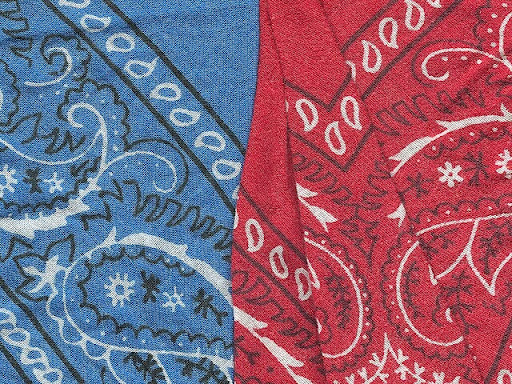
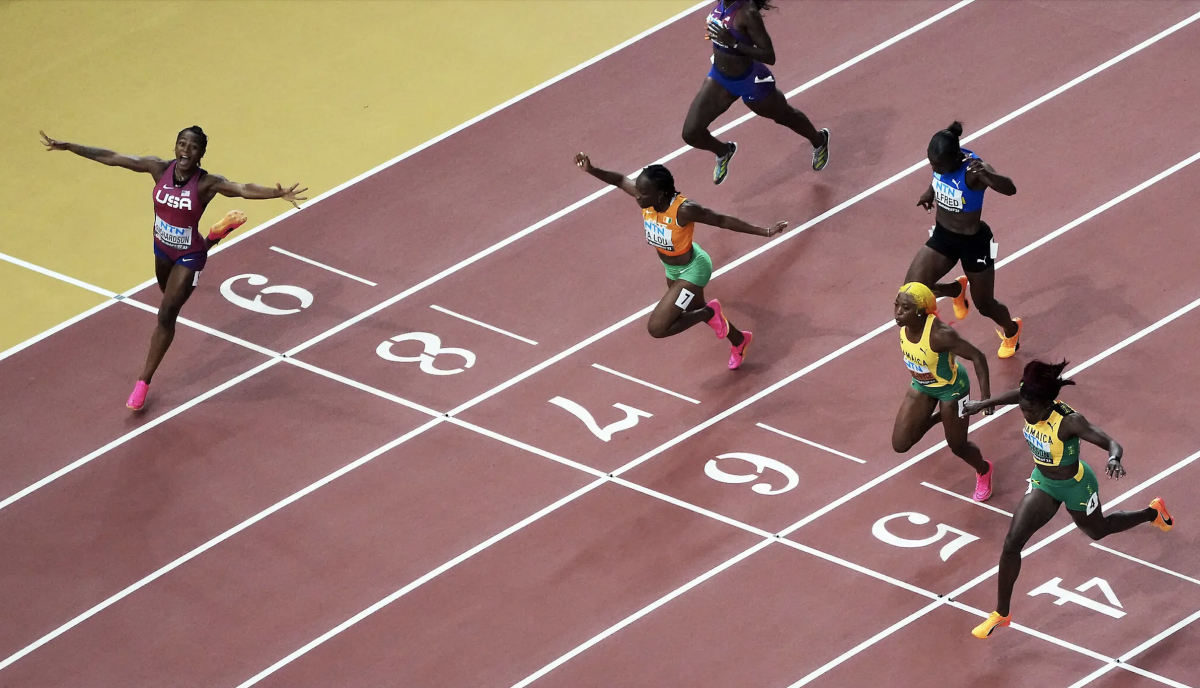
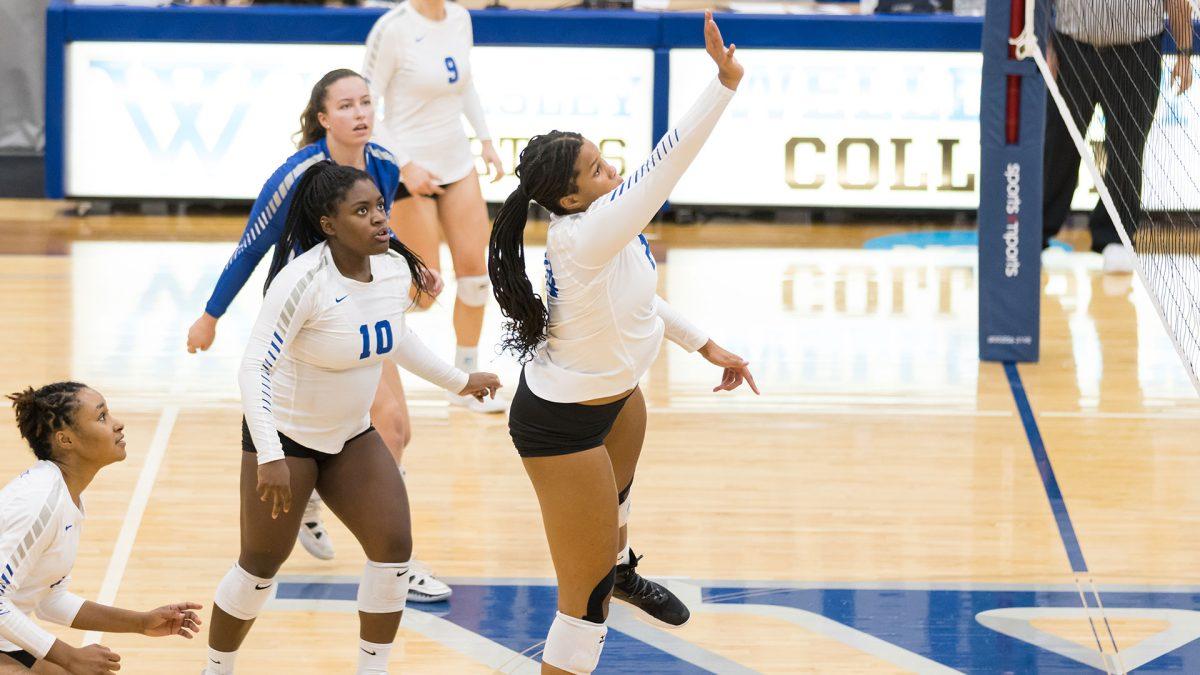
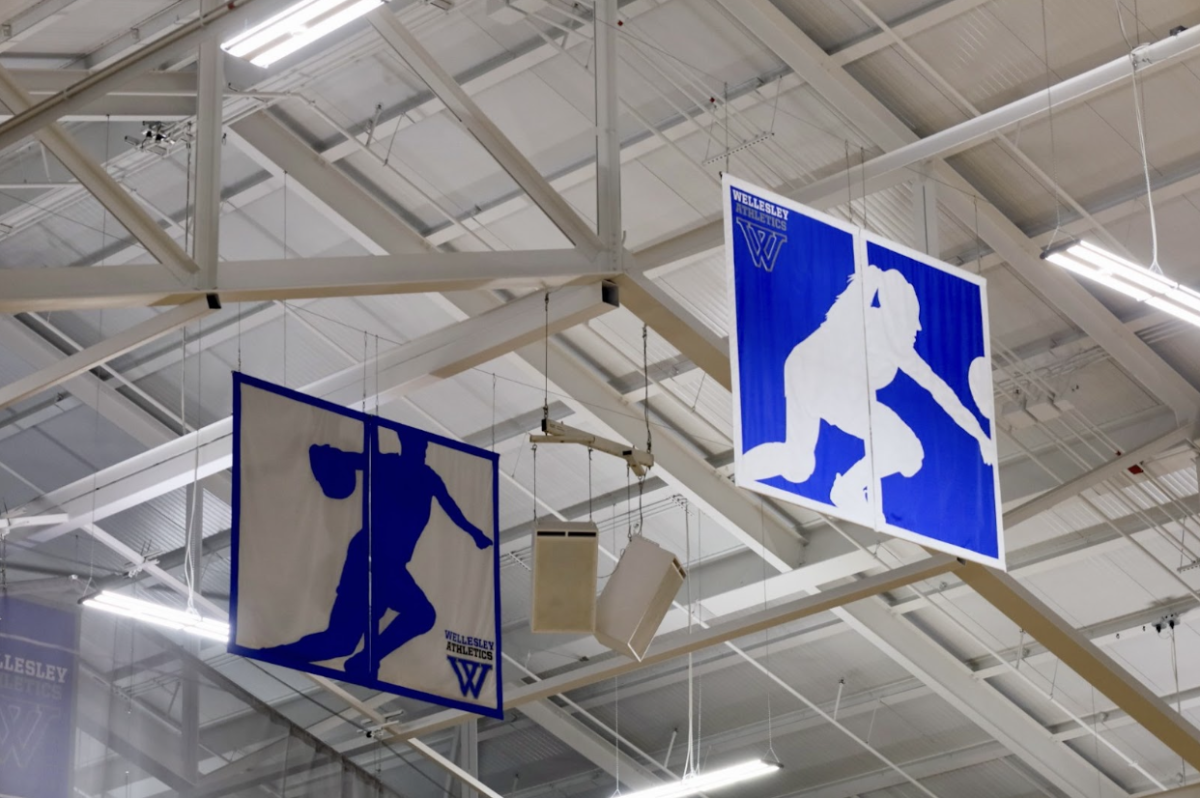
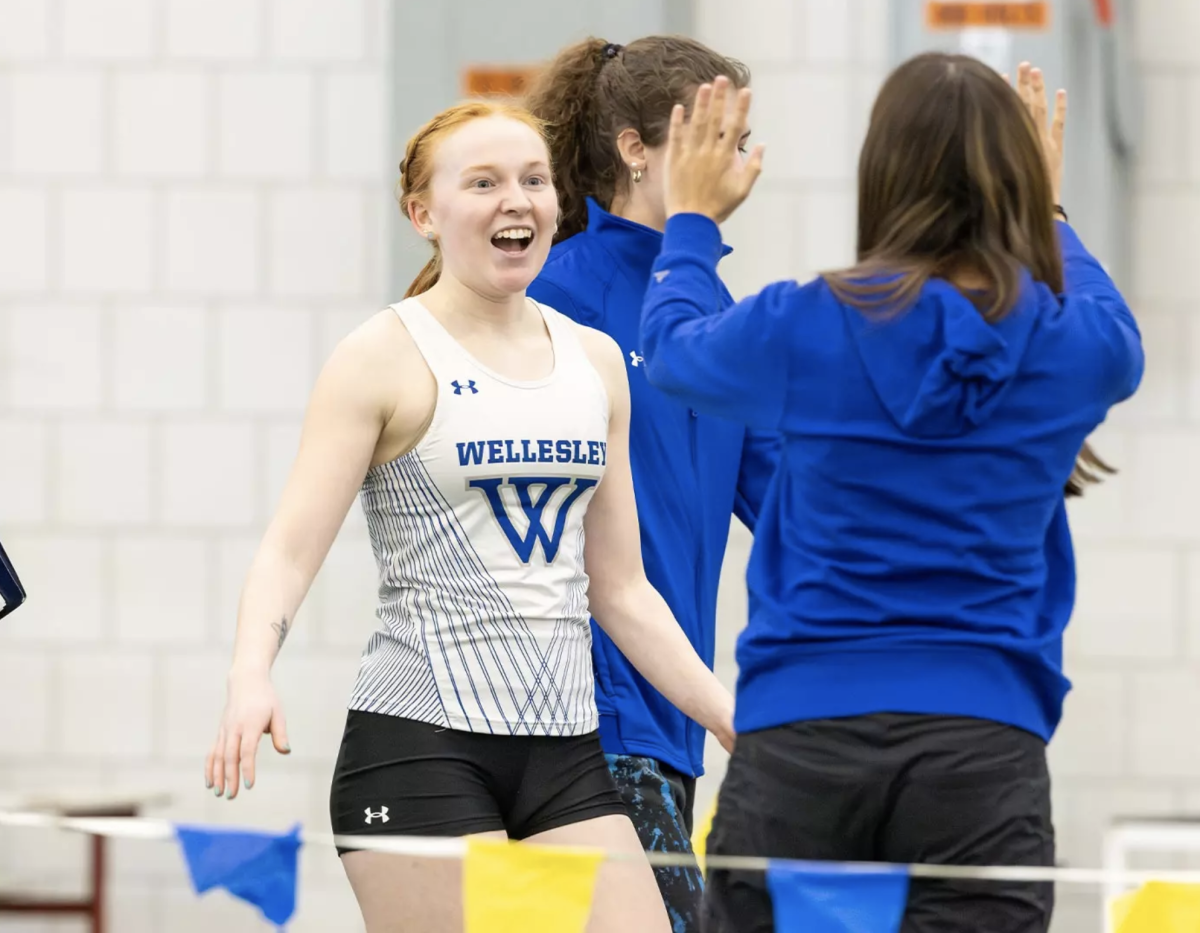

lauren | Mar 15, 2021 at 8:21 pm
I don’t know how Olivia Rodrigo, who’s had a naturally slim frame since she was a kid (literally there’s proof since she was on Disney Channel) and not even a TikTok influencer is part of this issue?
Dallis | Apr 16, 2021 at 9:20 pm
General social media influence. Her songs are found in many videos on the app of Tiktok. Her figure is something she has had all of her life, true. And, in no way does she contribute directly to eating disorder culture/body image issues in any way. However, despite her literal natural self, young girls, esp. ages ranging anywhere from 10-17 typically, will look to her as an example, which her success should be something to be noted absolutely. However it’s the same problem that Sadie from Duck Dynasty addressed a few years ago. Sadie too naturally is very thin, but many of her followers, who admired and looked up to her, viewed her, a very naturally thin person, as the expected standard. Essentially, the forced self reflection undergone throughout quarantine by many left a lot of people looking to celebrities for how to dress, what to eat, what to look like, etc. It’s the same for how Emma Chamberlain, a youtuber, doesn’t directly contribute to body image issues or eating disorder culture.